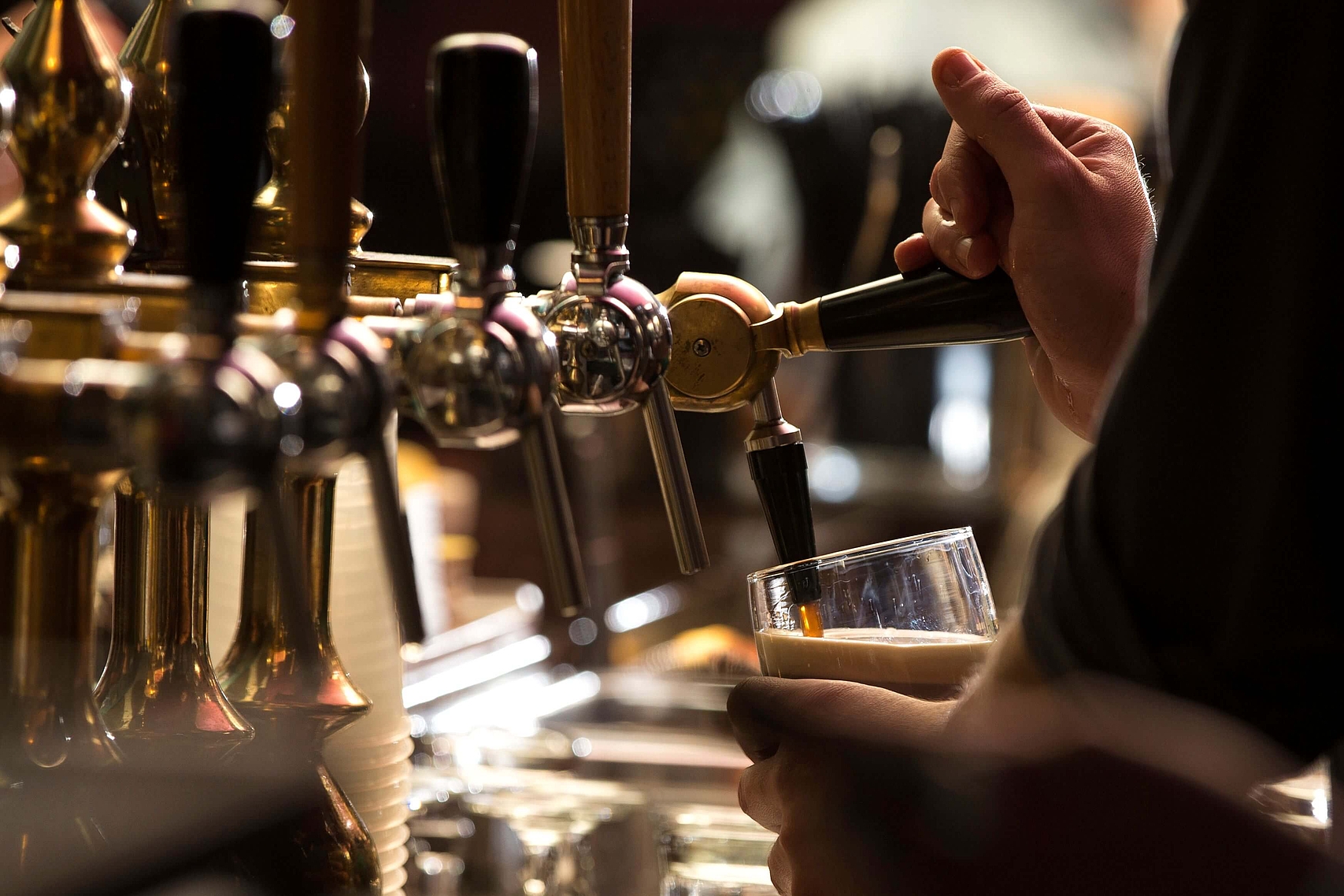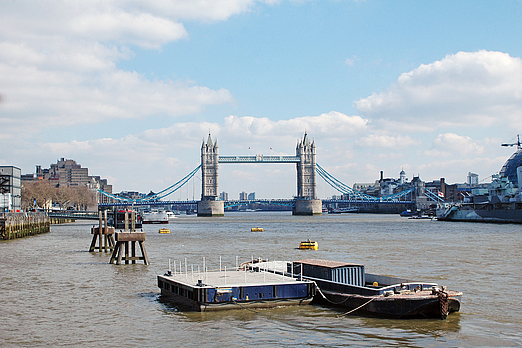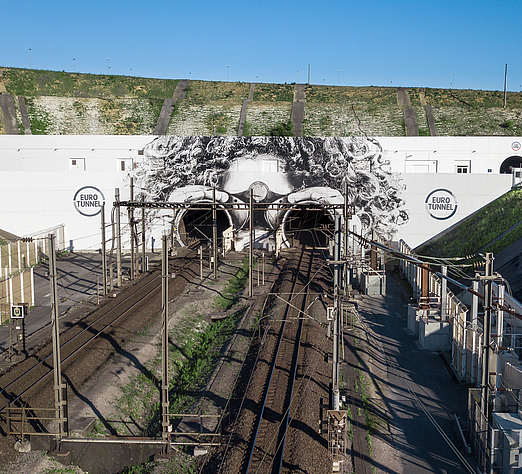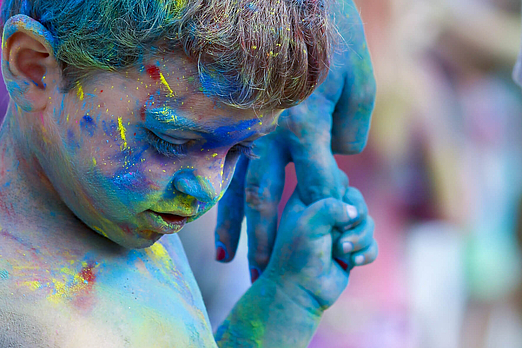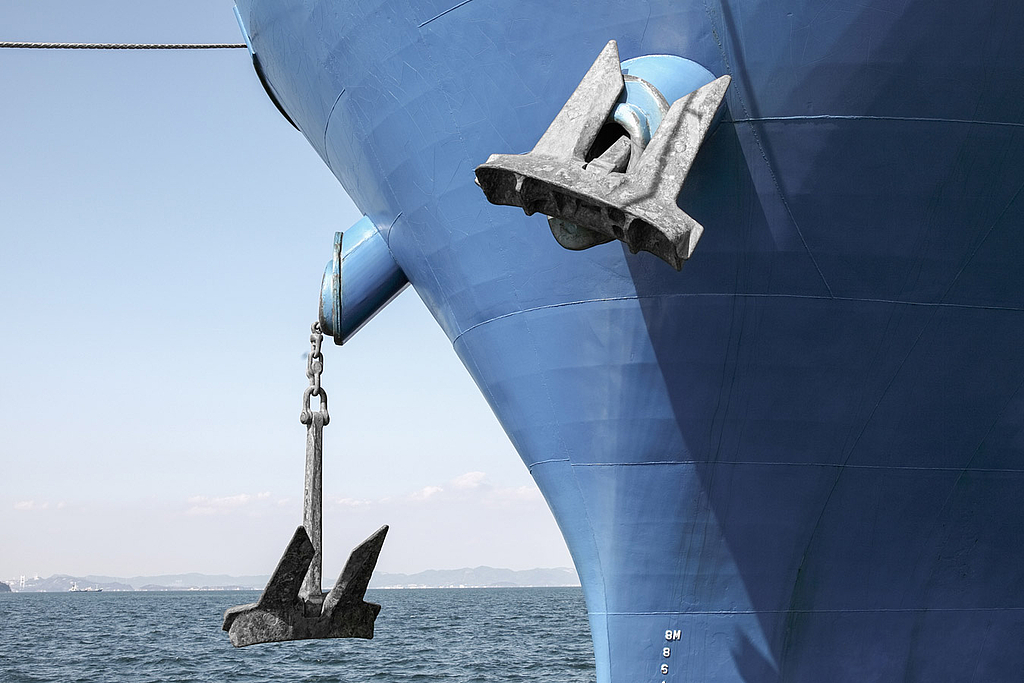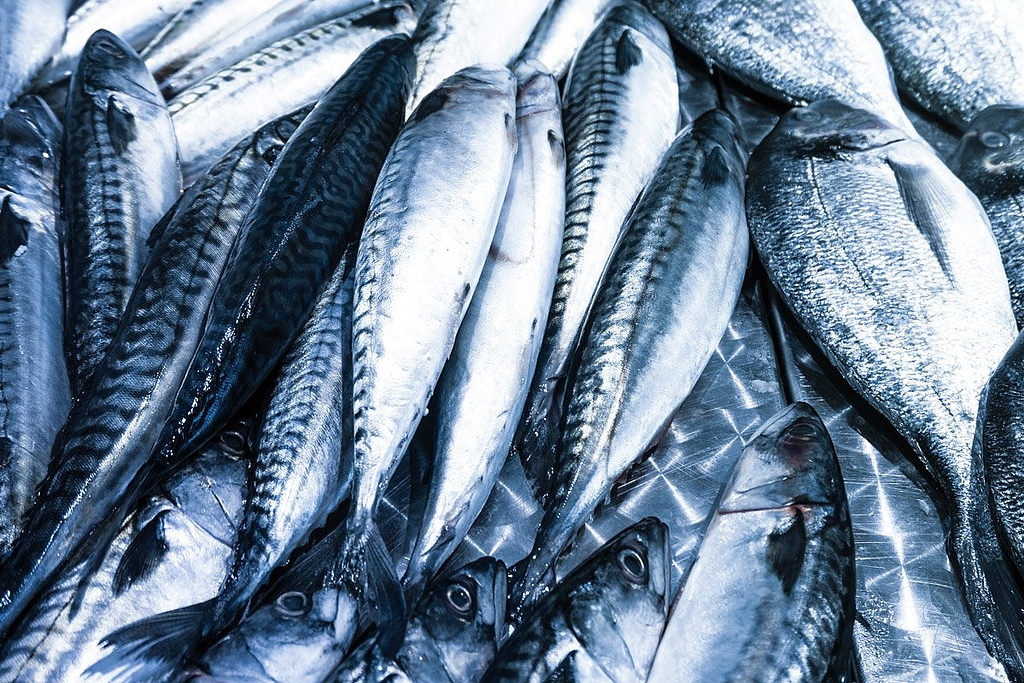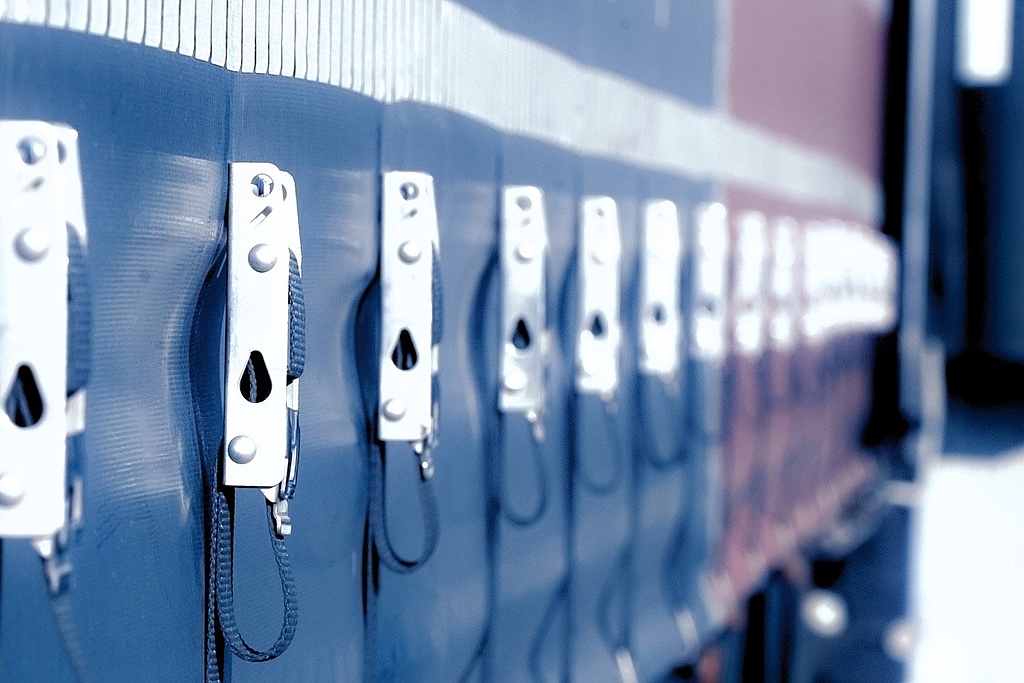It’s Saint Patrick’s Day!
Ireland’s green hit export
- Insights
When the commemoration of a bishop whose favorite color actually happened to be blue prompts hundreds of thousands of Catholics all around the world to daub green paint on their faces and guzzle beer by the gallon in the early days of Lent, it can only mean one thing: It’s St. Patrick’s Day again. We took a closer look at the celebrations and ventured a glimpse behind the scenes of Ireland's transport industry. Sláinte!

